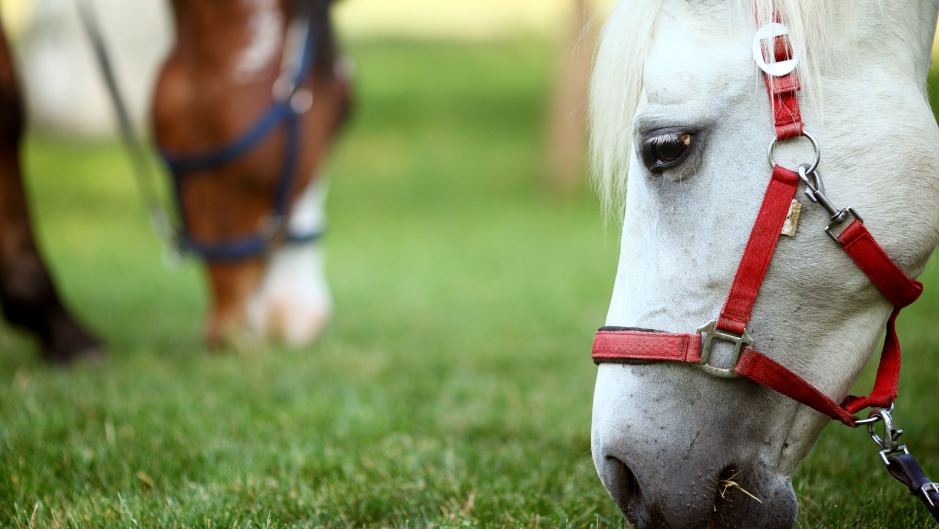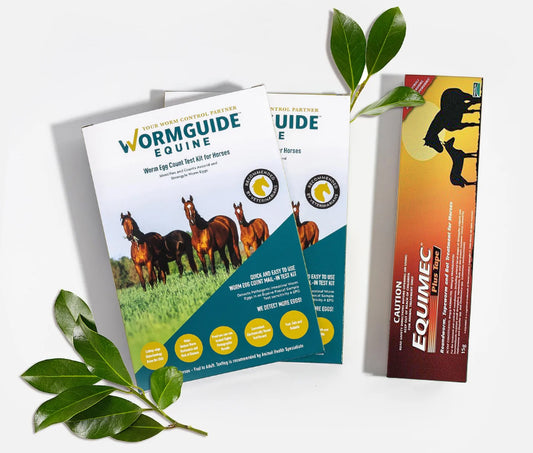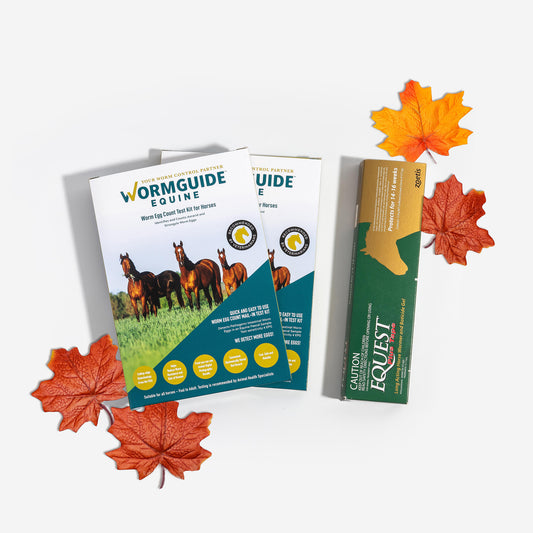Virtually 100% of horses grazing on green pastures are infected with small strongyle (cyathostomins) worms and you can never get rid of them. Small strongyle worms require your primary attention in your worm control program.
Australian summers are HOT and that can be a problem for your horse's strongyle worms on pasture because they die rather rapidly. Hot weather lessens infective worms entering your horses.
So, there is no need to de-worm to knock down the number of strongyle eggs released by horses in their poo if most of the eggs on pasture are destined to die due to excessive hot weather conditions.
De-worming horses unnecessarily wastes money and de-worming medicine but does promote the progression of harmful de-wormer resistance.
Smart and tactical timing of de-worming treatments slows resistance
Be tactical about timing treatments. It doesn`t make sense to waste money and worming products during a very hot summer. Excessive hot weather lessens infective strongyle worms entering your horses.
- Take advantage of hot summers (or drought) to rapidly kill strongyle worms on pasture.
- Avoid or limit treatments during hot summer months (time of low refugia), in order to reduce the development of de-worming drug resistance.
- Little is gained by worming your horse (i.e hot summer) if your horse is not showing any clinical symptoms of worm-related disease.
The link between hot temperatures and less infective worms entering your horse
Most (90%) of the small strongyle worms live on pasture and their level of activity depends on the temperature. When conditions are really hot they have difficulty surviving and that achieves lower infection on pasture.
- It takes a lot energy for worms to wriggle, swim and move up on the grass and wait for a horse to eat them.
- Prof. Martin Nielsen explains that strongyle worms hatch from their eggs with an energy lunch box. Carbohydrate energy is stored in their intestinal cells. When it`s hot they use up their energy resources very quickly. They must be eaten by a grazing horse , if they don`t they die.
- Unless there`s a clear indication to do so de-worming adult horses in the extreme heat of summer encourages drug resistance and is not recommended in the AAEP guidelines.
- But if your horse is showing evidence of worm-related disease during the times of the year when de-worming treatments are not recommended (i.e. hot summers), then your horse should be treated.

Strongyle eggs hatch and develop into infective larvae under conditions of moderate temperature and moisture. They cannot reproduce effectively under hot conditions. The longevity of strongyle eggs and larvae on pasture is facilitated by summer temperature extremes. Climate influences (in your region) is crucial when designing worm control for your horse or herd.
- There is no development above 40°C. Worm eggs and larvae die rapidly. Intact poo balls may be moist enough to survive for a short time.
- Temperature range 33-40°C eggs hatch rapidly (less than a day) but die quickly. May survive for a few weeks inside intact poo balls.
At WormGuide, our mission is simple: help all horses live their healthiest, happiest lives
Embrace the current guidelines and the improved automated egg count technology and you`ll be well on your way to building a tailored worm control program that works for your horse or individuals in your herd.
A simple improvement like smarter timed de-wormer treatment/s can help slow the natural progression of harmful anthelmintic (de-wormer drug) resistant small strongyle worms.
Did you know WormGuide automated egg counts also use a much larger sample of manure (10 times more), in comparison to the old McMaster microscope method. This additional difference lies at the heart of its superior performance over McMaster.
Our herd of WormGuiders are passionate about giving their horses the very best: whether it`s meeting the demand for more reliable and precise worm egg count testing or timing worming treatments based on the best available scientific evidence and knowledge.
Join our herd of informed, empowered and connected WormGuiders today.










